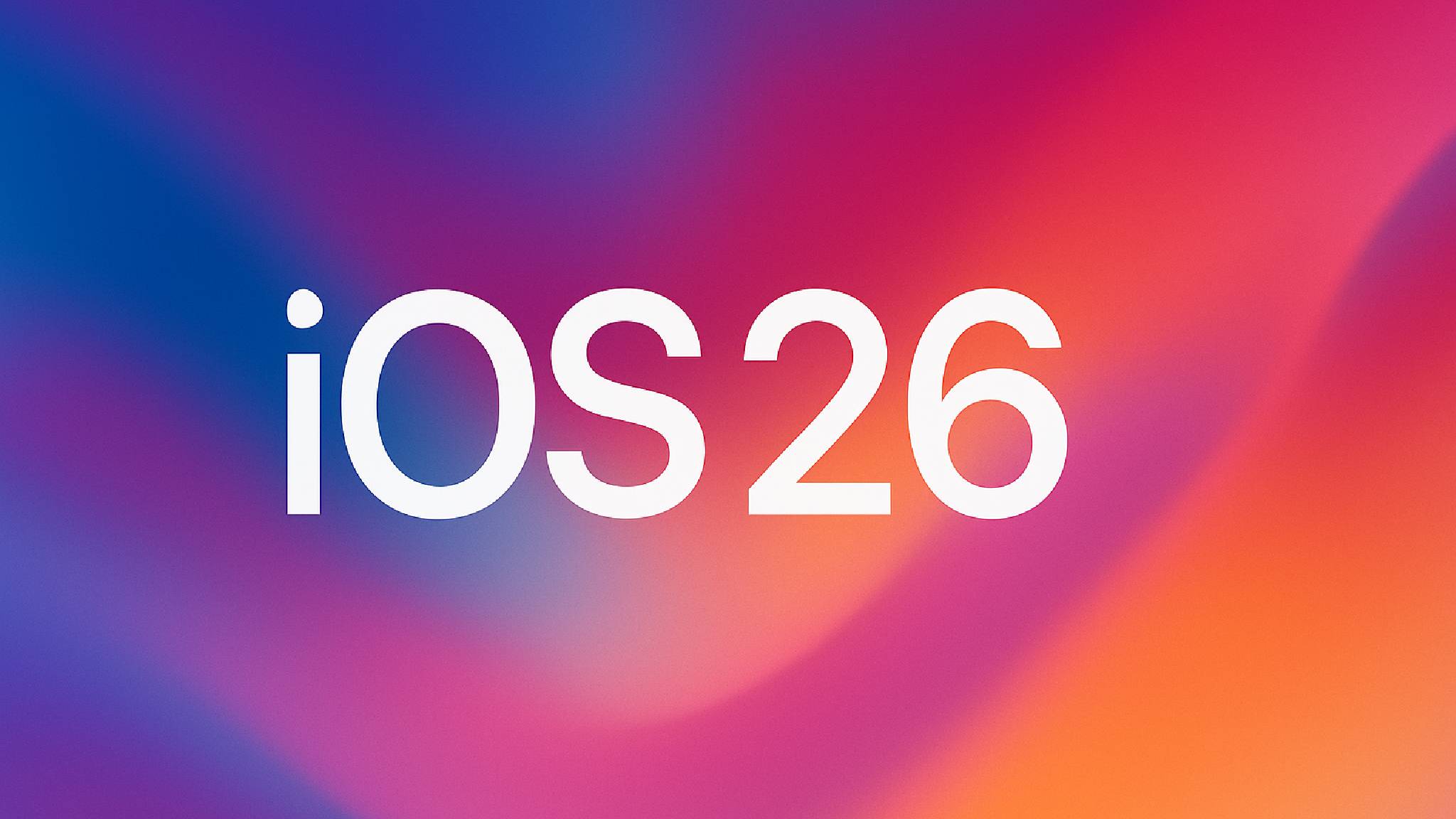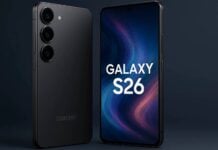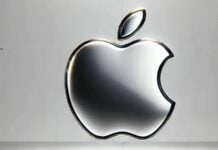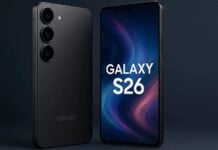Apple is expanding interface customization in iOS 26.1 with a new dedicated Liquid Glass setting, available with the fourth beta of iOS 26.1, iPadOS 26.1, and macOS 26.1. The switch allows you to choose between a transparent or tinted look, giving users visible control over how buttons, bars, and menus appear across the operating system.
In Clear, Liquid Glass remains more transparent and lets the background underneath the UI elements show through. Tinted increases the opacity and adds more contrast, changing the visual perception in apps and notifications on the lock screen. According to Apple, this switch was introduced after feedback received during the beta testing period over the summer, when many users requested a more opaque alternative to Liquid Glass.
The new setting can be accessed on iOS and iPadOS from Settings > Display & Brightness, and on Mac via System Preferences > Appearance, as part of macOS Tahoe 26.1. The change aims to provide a consistent visual experience across the system, regardless of the open application or display context.
For iOS 26.1, the change marks a pragmatic step towards customization without altering the existing aesthetic philosophy. Users can choose maximum clarity for an airy look or a more opaque layer for increased readability, depending on their preference and usage environment. At the same time, iPadOS 26.1 and macOS 26.1 receive the same flexibility, creating visual consistency across devices.
With this small but relevant adjustment, iOS 26.1 reinforces Apple's attention to functional details and community feedback, transforming Liquid Glass into an adaptable and consistent element, with immediate impact on daily user comfort.
For readers interested in iOS 26.1, the message is clear, the Liquid Glass setting can be activated quickly, affects all screens, respects personal preferences, and reinforces the idea of consistent customization in the modern Apple ecosystem.





























